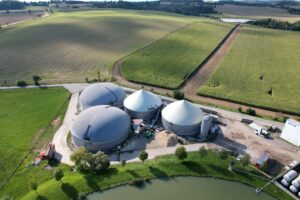
Fueling the future … with cow manure?
Examining the power of using anaerobic digesters to convert agricultural waste into renewable energy
In a world without cows, we would not have beef or milk. Or leather. Or many other items you may not think of right away when you think about cows.
Cattle are valuable not only for their primary food products but also for numerous byproducts that are derived from different parts of the animal. Cattle byproducts are used to make granola bars, mayonnaise, gelatin, coffee creamer, margarine, hot dogs, chicken nuggets, broth and chewing gum, to name a few.
But cows are much more than just food. Most people probably use at least one byproduct every day.
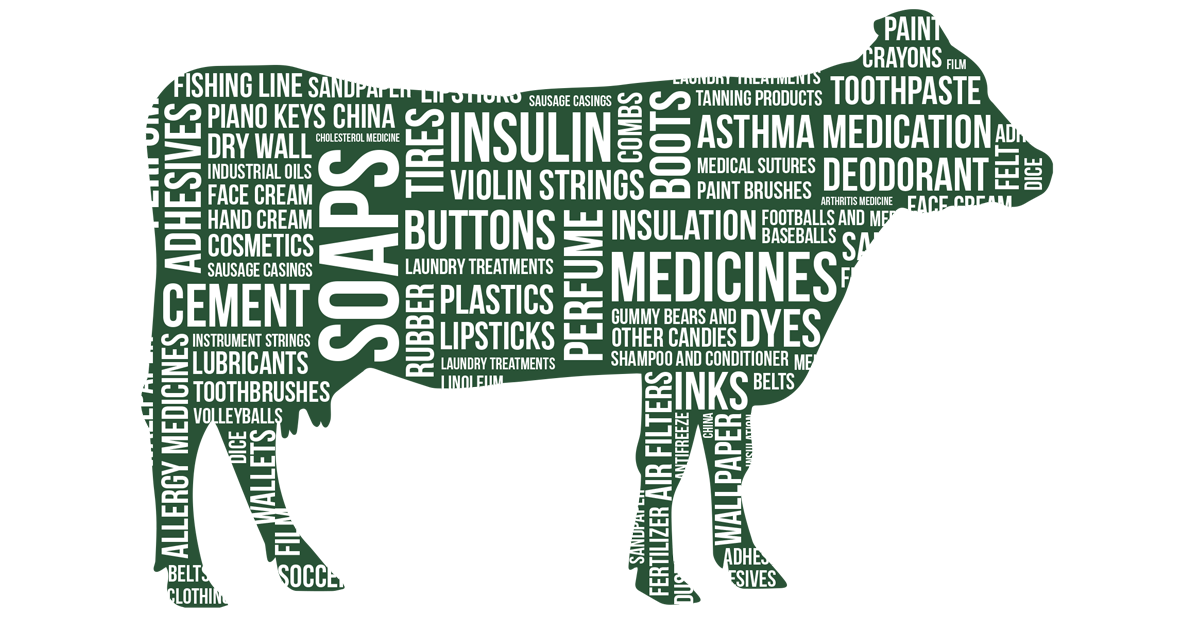
More than 100 drugs are created from cattle byproducts, including those used to treat:
Bones, hooves and horns are used to make:
Inedible fats are used in the production of:
Cattle hide (hair and skin) is used to make:
Internal organs and blood are used to create:

Examining the power of using anaerobic digesters to convert agricultural waste into renewable energy
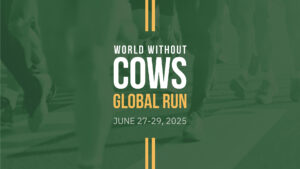
Join us June 27–29 for the World Without Cows Global Run, a 25,000-mile challenge that raises raise awareness of agriculture’s role in creating a sustainable future
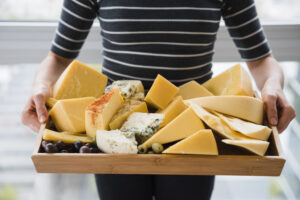
Take a world tour of cheese traditions, facts and history — all made possible by cows
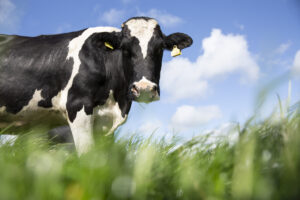
What would we lose in a world without milk?
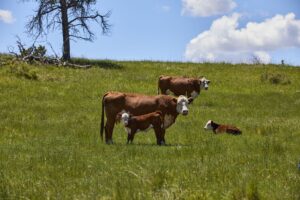
A closer look at what cows contribute to our world

New dietary advice sparks a bigger question: Who gets to decide what’s healthy?
As climate change intensifies and the world’s population continues to grow, the pressure on our global food production system mounts. You can play an active role in shaping a more sustainable planet for future generations. Fill out the form below to learn more about how you can partner with us.
Receive notifications about the release date, new online content and how you can get involved

Planet of Plenty® has launched the World Without Cows Global Run, an effort to collectively cover 25,000 miles to raise awareness for the World Without Cows documentary and to support additional science-based storytelling opportunities that highlight agriculture’s vital role in creating a sustainable future.